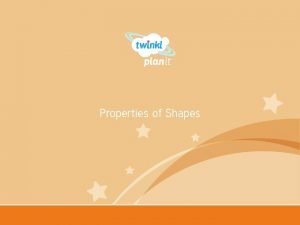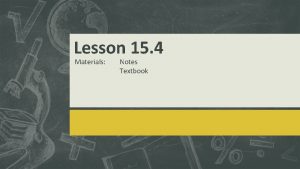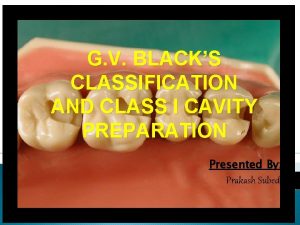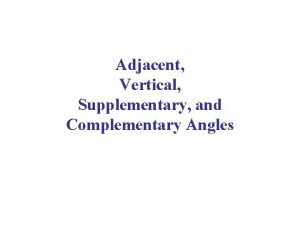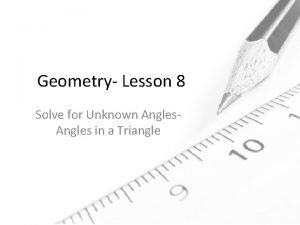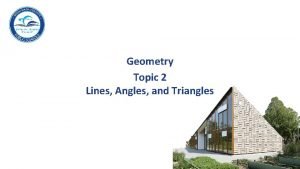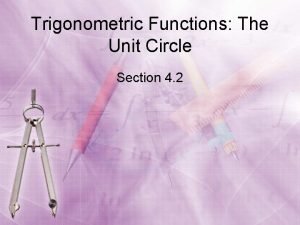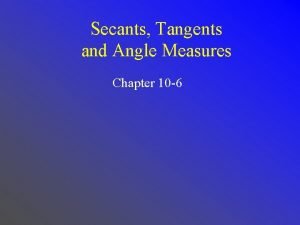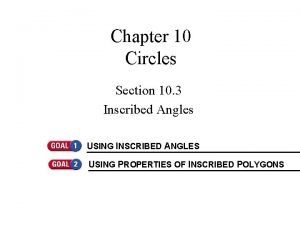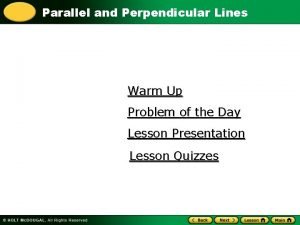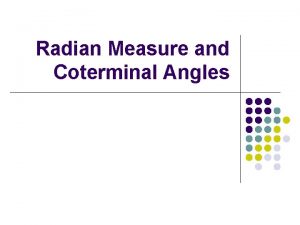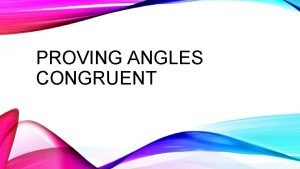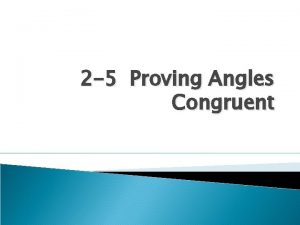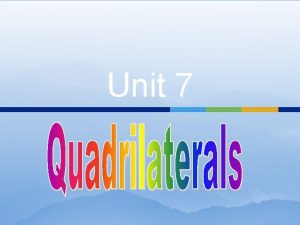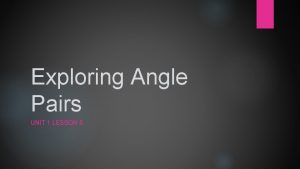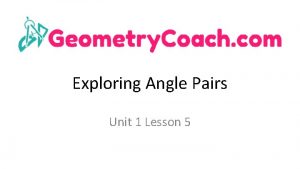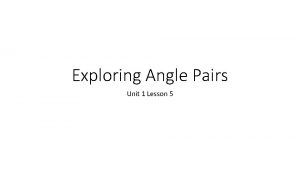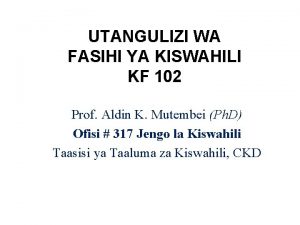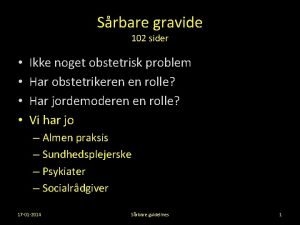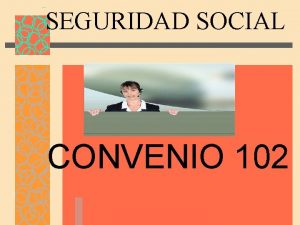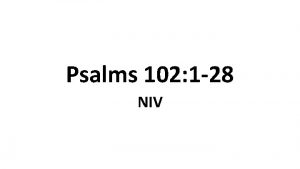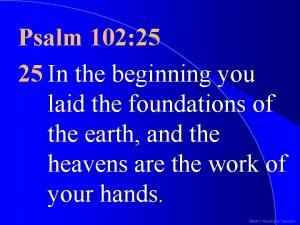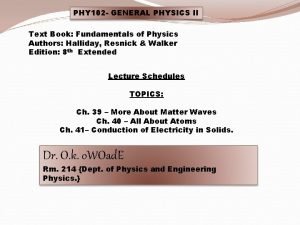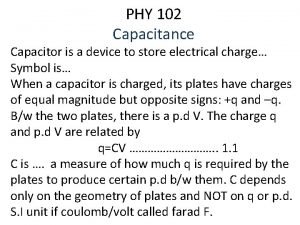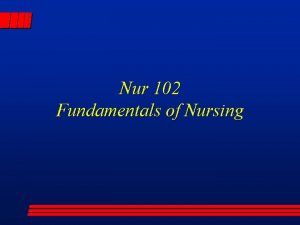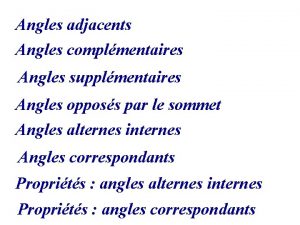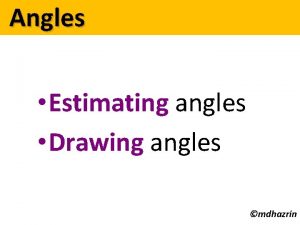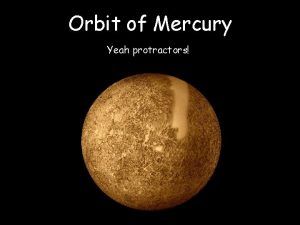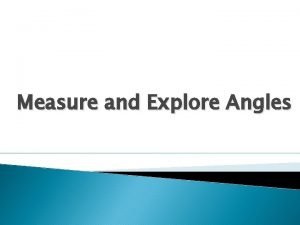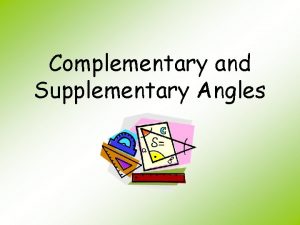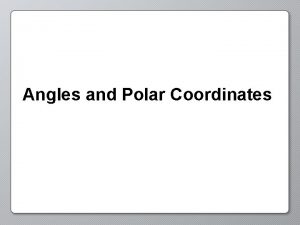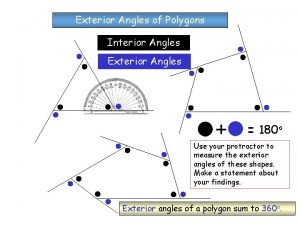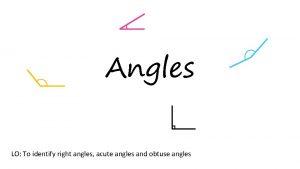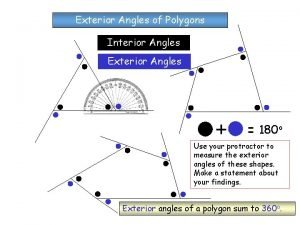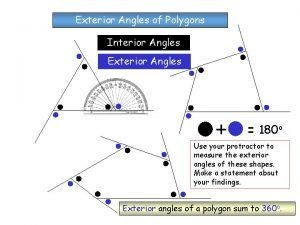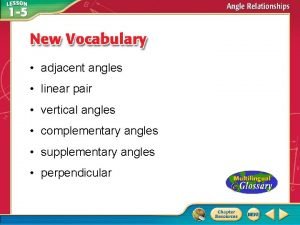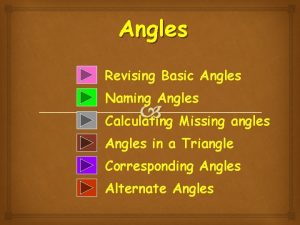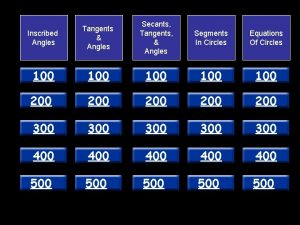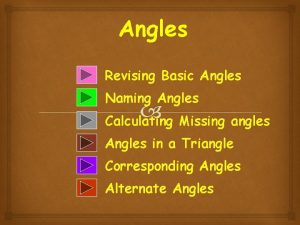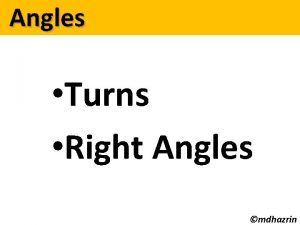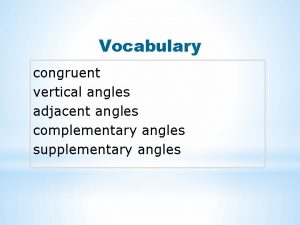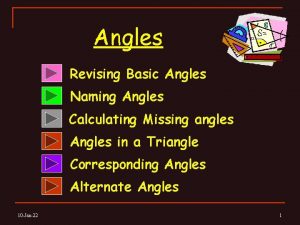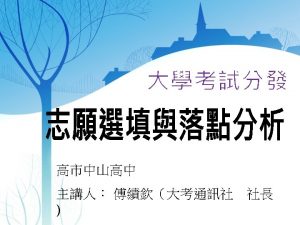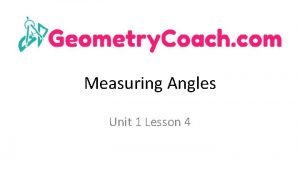IN 102 Unit 5 Angles and Protractors Introduction





























- Slides: 29

IN 102 - Unit 5 Angles and Protractors

Introduction • Network of springs, arms, struts, and shocks work together. – Must be aligned correctly

Suspension System Principles • Yaw is movement around z-axis. • Pitch is movement around y-axis. • Roll is movement along x-axis.

Wheel Alignment Fundamentals • Camber is side-to-side vertical tilt of wheel. – Lean away from center: positive camber – Lean toward center: negative camber – Zero camber: no tilt

Wheel Alignment Fundamentals • Caster is forward or backward tilt of steering axis from vertical. – Backward tilt: positive caster – Forward tilt: negative caster

Wheel Alignment Fundamentals • SAI is angle formed between steering axis and the vertical. – Not adjustable – Provides self-centering of front wheels – Brings pivot point close to center

Wheel Alignment Fundamentals • Included angle is the angle formed between SAI and camber line. – Add SAI angle to camber angle. – Diagnostic angle cannot be changed.

Wheel Alignment Fundamentals • Scrub radius is distance between two imaginary points on road surface. – Centerline of tire using camber line and point where SAI centerline contacts road

Wheel Alignment Fundamentals • Scrub radius (cont’d) – Zero scrub radius: Two lines intersect at center of tire at road surface. – Positive scrub radius: Camber line is outside SAI line. – Negative scrub radius: Camber line is inside SAI line.

Wheel Alignment Fundamentals • Toe-in: Front wheels are closer together than rear wheels. • Toe-out: Front wheels are farther apart than the rear wheels. • Static toe is designed to compensate for slight wear in steering joints and components.

Wheel Alignment Fundamentals • Toe-out on turns is toe setting of front wheel as vehicle turns. – Correct positioning of wheels is obtained by Ackermann principle and layout.

Wheel Alignment Fundamentals • Angle steering arms make with steering axis, projected toward center of rear axle.

Wheel Alignment Fundamentals • Turning radius: how small a circle the vehicle can turn when steering wheel turned to limit

Wheel Alignment Fundamentals • Thrust angle: relationship between centerline of vehicle and angle of rear tires

Wheel Alignment Fundamentals • Setback: distance one wheel is set back from wheel on opposite side of axle – Relative to imaginary lines through center of each wheel, perpendicular to centerline

Wheel Alignment Fundamentals • Ride height is amount of distance between ground and specified part of vehicle. • Technicians use computerized alignment machine to ensure all angles are correct.

Wheel Alignment Fundamentals • Some technicians refer to proper alignment as five-wheel alignment. – Steering wheel included • Four common adjustments – – Shim Eccentric bolt Strut rod Ball joint adjusting sleeve

Maintenance and Repair • Alignment always follows a specific order of adjustment. – Start at rear. • Rear caster • Camber • Toe – Move to front. • Caster • Camber • Toe

Maintenance and Repair • Toe-out on turns: Referred to as TOOT, Ackerman angle, or track differential angle • SAI: Angle formed by imaginary line running through upper and lower steering pivots relative to plumb line

Maintenance and Repair • Rear thrust angle problems can result from accident or other impact that bends the rear axle or axle mounting points. • Damage to cradle can force wheels out of alignment, changing caster, camber, toe, and creating pull and tire wear issues.

Summary • Vehicle movement may be due to yaw, pitch, or roll. • Wheel alignment is set using the vehicle’s control arms, knuckles, and frame.

Summary • Factors affecting wheel alignment include camber, caster, steering axis inclination, toe-in and toe-out, scrub radius, toe-out on turns, turning radius, thrust angle, and ride height.

Summary • Positive camber refers to the top of tires tilting away from the vehicle; negative camber refers to the top of tires tilting toward the vehicle; zero average camber refers to no tire tilt. • Caster refers to the angle formed between the centerline of steering axis and true vertical, or the forward/backward tilt of the ball joints.

Summary • Steering axis inclination (SAI) provides the front wheels with a self-centering function; it is formed by drawing a line through the upper and lower pivot points of the suspension assembly.

Summary • Scrub radius (steering offset) is the distance between the center point of the tire contact patch at the road surface and the point of steering axis centerline contact with the road. • The Ackermann principle ensures that the inner wheels turn at a sharper angle than the other wheels when turning.

Summary • Thrust angle refers to the relationship of the rear wheels to the vehicle’s imaginary centerline. • When performing a wheel alignment, be sure to check front and rear cradle, thrust angle, wheel setback, wheel camber, caster, toe, SAI, and toe -out on turns.

Summary • There are three basic types of wheel alignment: two-wheel alignment, thrust angle, and fourwheel alignment.

Summary • Wheel alignment servicing equipment is used to measure the steering and suspension alignment angles.

Credits • Unless otherwise indicated, all photographs and illustrations are under copyright of Jones & Bartlett Learning.
 Vertically opposite angles are congruent
Vertically opposite angles are congruent Cpe102/csc102 introduction to programming
Cpe102/csc102 introduction to programming Module 15 angles and segments in circles
Module 15 angles and segments in circles Buccal pit cavity
Buccal pit cavity Adjacent angles are supplementary
Adjacent angles are supplementary Lesson 8: solve for unknown angles—angles in a triangle
Lesson 8: solve for unknown angles—angles in a triangle Unit 10, unit 10 review tests, unit 10 general test
Unit 10, unit 10 review tests, unit 10 general test Topic 2 angles of triangles
Topic 2 angles of triangles Physics 102
Physics 102 Unit circle for negative angles
Unit circle for negative angles Tangent secant exterior angle measure theorem
Tangent secant exterior angle measure theorem Unit 10 circles inscribed angles
Unit 10 circles inscribed angles Angles & lines unit warm ups
Angles & lines unit warm ups Angles & lines unit warm ups
Angles & lines unit warm ups Printable unit circle chart
Printable unit circle chart Unit 3 lesson 4 proving angles congruent
Unit 3 lesson 4 proving angles congruent Proving the congruent supplements theorem
Proving the congruent supplements theorem What is the name of a regular polygon of 3 sides
What is the name of a regular polygon of 3 sides Unit 2 lesson 5 exploring angles
Unit 2 lesson 5 exploring angles Name a pair of adjacent supplementary angles
Name a pair of adjacent supplementary angles Lesson 5 exploring angles
Lesson 5 exploring angles Uiuc phys 102
Uiuc phys 102 Changamoto za fasihi simulizi pdf
Changamoto za fasihi simulizi pdf Kraniesynostose
Kraniesynostose Convenio 102 de 1952 oit
Convenio 102 de 1952 oit Psalm 102 niv
Psalm 102 niv Tfiij
Tfiij Physics 102
Physics 102 102 capacitor
102 capacitor Nur 102
Nur 102
